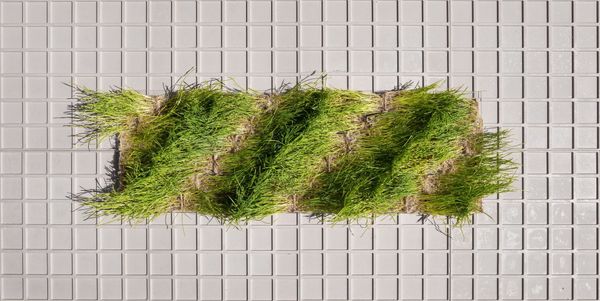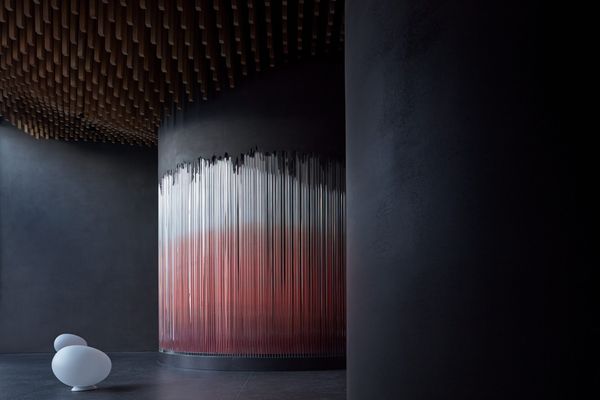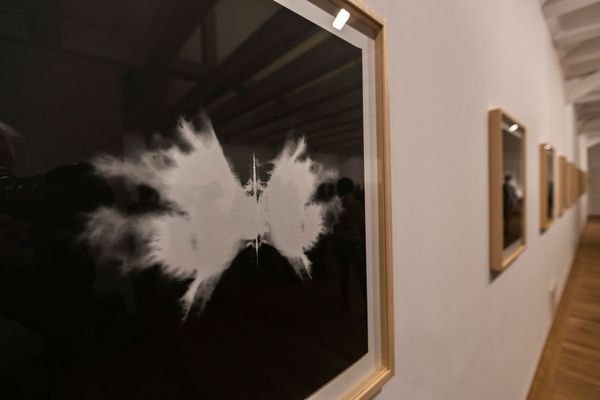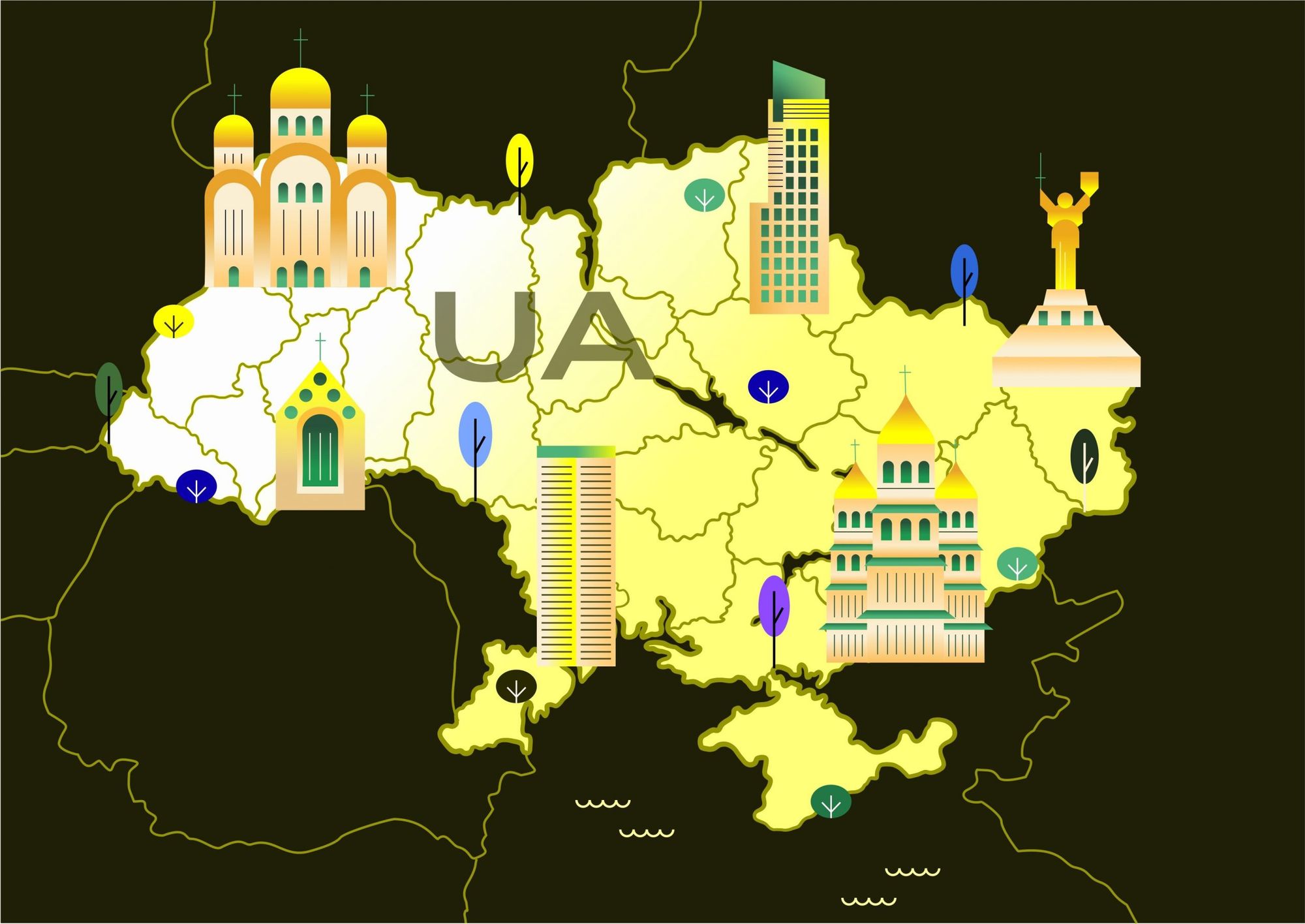More than thirty years have passed since the dissolution of the Soviet Union, which left an enormous economic and political void in Central and Eastern Europe. In this series of articles, we explore the responses of the countries of the region to the new circumstances: how they could adapt to capitalism, how successful their democratization was, and what lessons they can learn from each other. We focus on Ukraine in Part IV.
Anyone who has not seen Ukraine in the news in recent months is either living in a cave or being deliberately kept in the dark. The country is getting more media attention than ever before. Thousands of books will be written about the ongoing Russo-Ukrainian war, but the crucial aspects leading to the conflict, such as the centuries-old demographic differences and contradictory historical interpretations, should not be neglected if we want to avoid misinformation and biased views.
Firstly, Vladimir Putin’s theory that Russians and Ukrainians are one nation is misleading. According to the Russian president, Russians, Ukrainians, and Belarusians are all descendants of the Kievan Rus, but historically there is no evidence of a direct line of descent. So, the three nations are relatives, but not the same people. The Russian propaganda continuously parrots that the Ukrainian nation does not exist as such and that the territory of today’s Ukraine is made from the „territorial donations” of the Russian tsars and later of Lenin, Stalin, and Khrushchev. On the other hand, the Ukrainian narrative is an indissoluble Ukrainian identity. It has its roots in the Kievan Rus and prevailed through the Bohdan Khmelnytsky founded Cossack Hetmanate and the Ukrainian People’s Republic in 1918-1920, even though the territories inhabited by Ukrainians have mostly been ruled by other powers, such as the Tatars, the Polish-Lithuanian Commonwealth, the Russian tsars, or the Habsburg emperors.
The strength of Ukrainian identity varies within the country; most experts claim that the dividing line is the Dnieper, by Ukrainian identity is less relevant east of the river. In the eastern part of the country, the weaker national consciousness has opened the way for the Russian language and culture’s huge influence. In contrast, a strong national identity has developed in the areas formerly under Habsburg or Polish rule in the western regions. It is hard to say how many Russians live now in Ukraine since the last census was conducted in 2001, when 8.3 million out of the 48 million inhabitants, so 17.3 percent of the population identified as Russian.
In general, the Soviet system had an institutional structure that made it easier for the constituent republics to leave the federal union. They had their own parliaments, ministries (except foreign affairs and defense), various academies of science, and even the borders were drawn. So, with a little exaggeration, only the state symbols had to be changed after the dissolution of the Soviet Union in 1991, and the new sovereign countries were born.
One of the biggest tasks for all post-Soviet states was establishing new trade links. Russia could operate more or less self-sufficiently, but the other former Soviet republics did not have this privilege. So, Ukraine had to open up to the West after 1991. This step was necessary because although Ukrainian agriculture and industry had great potential and the country is rich in natural resources, Ukraine would have had no chance to exploit its advantages without foreign investments. In 1992 the country joined the European Bank for Reconstruction and Development (EBRD), the Organization of the Black Sea Economic Cooperation (BSEC), the International Monetary Fund (IMF), and the World Bank. A new currency, the karbovanets, was introduced in the same year, triggering privatization and transitioning to a liberal market economy. Since 1997 foreign investors were allowed to buy Ukrainian land, and by 2000 foreign trade had increased tenfold compared to 1990. While in 1993, revenues from privatization accounted for only 1.3 percent of the GDP, by 2001, this figure had risen to 5.5 percent, with approximately 70,000 privatized enterprises.

It may not surprise you that transition to democracy and capitalism goes hand in hand with inflation if you have read the previous articles on the Baltic states. Ukraine was no exception, with an inflation rate of 4835 percent by 1993. The Ukrainian government introduced several measures that required money printing, thus, worsening inflation further. Moreover, it was common that wages were not paid on time, and taxes also changed on a monthly basis. Between 1996 and 1998, more than 50 banks were liquidated, resulting in roughly 12 percent of Ukrainians losing their savings. Absolute poverty reached 54 percent in the 1990s. In this economic environment, Ukraine became the first country in history that give up its nuclear weapons by handing over its nuclear arsenal, then the third largest in the world, to Russia in 1994 for large-scale compensation.
At the dawn of the new millennium, the country started to head in the right direction. Due to international integration, Ukraine could begin to export its agricultural products and various natural resources. By 2007, absolute poverty had been almost eradicated, and Ukraine had a stable annual GDP growth of between 3 and 11 percent. But, in times of global crises, investors tend to withdraw their money from unstable economies, and this happened in Ukraine, with foreign investment halving in 2009 compared to 2008.
Between 2009 and 2014 Ukrainian economy grew again thanks to soaring commodity prices, among other things, which boosted the country’s exports. But when Russia attacked Ukraine in 2014, foreign investors, who had played a vital role in integrating the post-Soviet region, gradually withdrew from the country.
The Ukrainian economy reached the pre-invasion level only five years later in 2019, but in 2020 a new problem emerged: the coronavirus pandemic. The latest figures are from 2020, but it is highly unlikely that 2021 brought economic recovery, while in 2022, Ukraine’s economy will drastically shrink. Even if the war ends with Ukraine’s victory, the country will still have a very vulnerable economy. The economic recovery will certainly be slow and long without massive foreign assistance.
Ukraine’s current plight is disastrous. It has advantages if a country has natural resources, but it is also dangerous. There is a high risk that some interest groups will take power with violence or that the leaders will govern the country in a highly corrupt way. In 2013, for example, China bought 7 percent of Ukraine’s high-quality black soil. In the present situation and the near future, when the war is over and the country can finally focus on economic recovery, Ukraine cannot rely only on external aid, and it must be ensured that the resources are allocated efficiently and do not get lost in the maze of corruption.
The world is unpredictable. Things may head in the right direction, but an external force can come and rip apart everything at any moment. Currently, Ukraine is in a dire and devastating situation, and the country needs help. Europeans must stand together, show solidarity, and do everything to ensure that such a tragedy never happens again on the continent. Ukraine has the potential to flourish since, before 2014, its economic development was often exemplary in the region.
We will explore contemporary Belarusian history in the next part.
The last part of the series is available here.

The designer who uses wheatgrass instead of yarn to weave | Anett Papp’s NATURING objects

A holistic wellness space with a new approach










